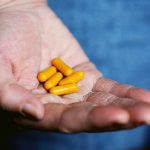
The study assesses the impact of antibiotic prophylaxis on the incidence of infective endocarditis following invasive dental procedures, specifically focusing on the risk reduction for high-risk individuals.
[read the full story...]
The study assesses the impact of antibiotic prophylaxis on the incidence of infective endocarditis following invasive dental procedures, specifically focusing on the risk reduction for high-risk individuals.
[read the full story...]
Between April and July our most popular blogs looked at chewing gum for orthodontic pain, mouthwashes to promote gingival healing and the impact of malocclusion on quality of life.
[read the full story...]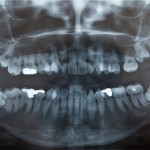
This review comparing the effectiveness of articaine and lidocaine for lower third molar surgery included 14 RCTs. The findings suggest that articaine is superior to lidocaine for use in lower third molar however the available are small so additional larger high quality studies would be helpful to strengthen the evidence.
[read the full story...]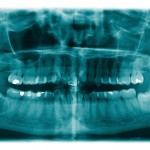
This review of coronectomy versus extraction of third molars in patients at increased risk of inferior alveolar nerve (IAN) injuries included 42 observational studies. The findings indicate lower a reduction in the odds of IAN sensory loss in favour of coronectomy and an increase in the odds of surgical reintervention.
[read the full story...]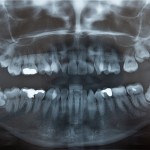
This review of antibiotic prophylactic treatments in relation to the risk of developing dry socket (DS) and site-specific infection (SSI) after lower third molar extraction included 16 RCTs. Antibiotic did reduce the risk of DS and SSI in health patients but the number needed to treat (NNT) was high so the use should be considered only after a careful assessment of an individual patient’s risk.
[read the full story...]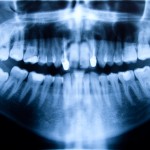
This review of the effects of photobiomodulation (PBM) on pain, oedema, and trismus after extraction of impacted mandibular third molars included 33 RCTs. However 30 of the included studies were considered to be at high risk of bias, and while the results suggested small benefits for PBM in relation to reduction of pain and swelling these were not considered to be clinically important.
[read the full story...]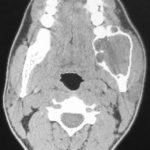
This review evaluating the efficacy of various radical and conservative surgical approaches in reducing recurrence rate for the treatment of solid/multicystic ameloblastoma included 7 retrospective cohort studies.The findings suggest that segmental resection was the best approach but the certainty of the evidence is low.
[read the full story...]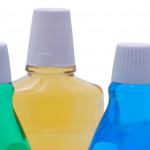
This review of the effect of different mouthwashes on gingival healing used after oral surgery in adults included 13 RCTs. The trials assessed 12 different products and concentrations and only one RCTs was considered to be at low risk of bias so the findings should be interpreted cautiously.
[read the full story...]
This review estimating the nocebo response in dentistry from trials of analgesic treatment following third molar surgery included data from 50 RCTs. Adverse events (AEs) were roughly the same in placebo and active arms suggesting AEs may be attributed to the nocebo phenomenon.
[read the full story...]
This review and network meta-analysis (NMA) of pharmacological treatments for the management of pain subsequent to simple and surgical tooth extraction included 85 RCTs. There was moderate- and high-certainty evidence that for surgical dental extractions that ibuprofen 200 to 400 mg plus acetaminophen 500 to 1,000 mg was the most effective for pain relief.
[read the full story...]